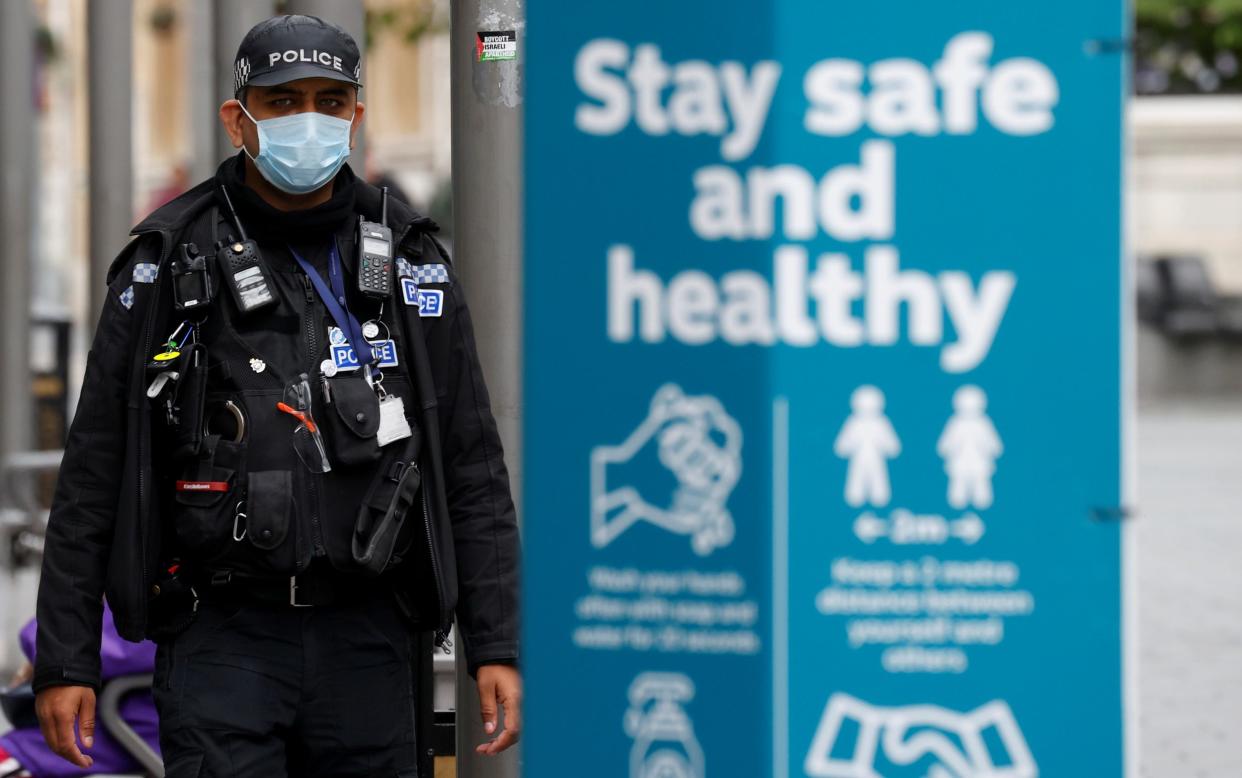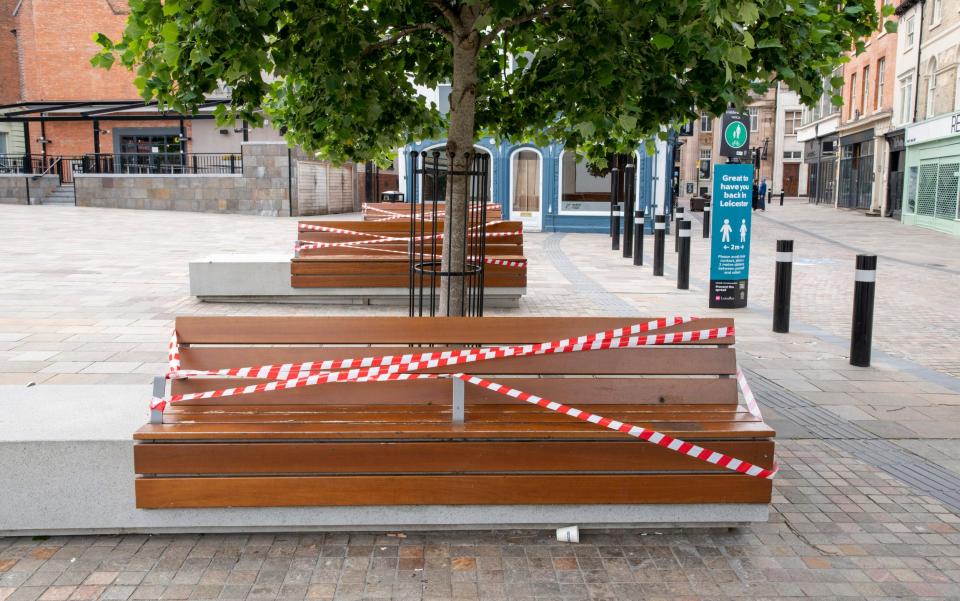Coronavirus infections tumble after lockdown relaxed


The rate of coronavirus cases in England has dropped almost 40 per cent in the past week, according to official figures published on Wednesday night.
The new data, the first available since lockdown restrictions were eased on June 15, show a steep decline in positive tests for the virus from 10.7 cases per 100,000 population to 6.7 in a week – a drop of 37.4 per cent.
The figures also show that Leicester was put into lockdown when its infection rate was 20 times higher than the country as a whole, and suggest other local lockdowns may be unnecessary.
Rates in other towns on the Government "watch list", including Bradford, Barnsley and Rochdale, have notably declined.
The data, contained in a Public Health England report used to justify shutting down Leicester, suggested that predictions of a spike in infections after the national lockdown was eased had not materialised.
The report also prompted one Oxford University professor to ask why Leicester was put into lockdown.
Read more: Revealed: The areas that could face local lockdowns within days

On Wednesday night, the former Conservative leader Sir Iain Duncan Smith said the latest figures were "very good news" and showed ministers should only consider further local lockdowns as a "measure of the very last resort".
The data, compiled during the seven days ending June 27, suggested that the new lockdown easing – including opening non-essential shops, outdoor attractions and secondary schools – appeared to have had no effect on the spread of Covid-19.
It was unclear if the scenes on the beaches at Bournemouth, when 500,000 people visited on June 24, would have had any impact either.
The data revealed that Leicester was showing a decline in the rate of cases from 140.2 to 135.7 per 100,000 before Matt Hancock, the Health Secretary, said the city had to go into lockdown.
Bradford, the second worst-hit city, recorded a fall from 72.8 per 100,000 to just 42.8 over the same period.
Ministers and medical experts said imposing a lockdown on Leicester was needed to prevent the outbreak from spiralling out of control, while Government insiders warned that, despite positive signs, the public had to continue to abide by social distancing rules.

Professor Carl Heneghan, the director of evidence-based medicine at the University of Oxford, claimed there was no justification for shutting down Leicester as it fell far short of epidemic levels – 400 cases per 100,000 population.
The last two Covid-19 deaths recorded by hospitals in Leicester came more than a week ago, on June 24, NHS records showed. However, across the whole of last month, 36 deaths were recorded in the city's hospitals.
Prof Heneghan said the number of cases there was likely to be a consequence of more testing after an outbreak was first spotted on June 8.

The official report – finally published online on Wednesday night, and which prompted Mr Hancock to shut down the city – also showed the surge in hospital admissions occurred in April and that admissions had been stable in June, raising questions over why the Government had only just decided to act.
Whitehall sources scotched suggestions that lockdowns were imminent in other places on the "watch list". Only two towns, at the bottom of the list of 10, Doncaster and Bolton, showed rises, "albeit from a low base".
Leicester has been hit hard by the lockdown, with road blocks threatened and tourist venues elsewhere in the UK banning Leicester residents.

 Yahoo News
Yahoo News 
